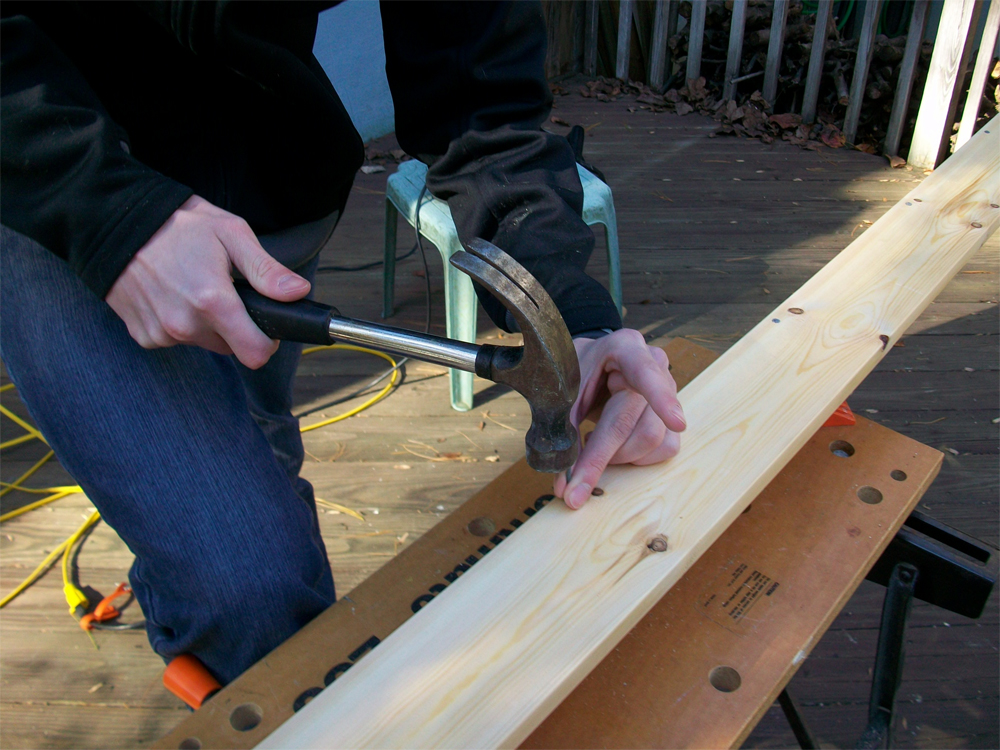Taking on a DIY project is a key element of house owning heritage. For hundreds of years we have painted our own bedrooms, built our own beds, drilled our own holes and, inevitably, made our own mistakes. But how hazardous are these home improvement endeavours?
According to new research we’re completely unaware of the health risks involved when taking on a number of common DIY tasks.
The YouGov study of 2098 people, commissioned by Slater and Gordon reveals that 48 per cent of people in the United Kingdom people aren’t concerned with the risks involved with DIY projects.
As a nation we have always been keen on DIY, and this trend is on the up; spending on DIY increased by 13% last year to £5.8 billion, according to Lloyds Bank- equivalent to £210 per household. The study reveals that almost a quarter of people (23 per cent) are planning a project in 2017. However, despite the growing popularity of doing-it-yourself, very few are aware of the risks involved.
A quarter of those surveyed said that they would cut MDF, but only 4 per cent acknowledge that this poses a serious risk to their health. The urea-formaldehyde bonding agent that is used in MDF is classified as a carcinogen in the UK and European Union.
Of those surveyed, over half (52 per cent) live in a house that is 50 years old or more, but only 6 per cent have had an asbestos survey on their home.
The toxic substance, which is now banned, was widely used in housebuilding up until the 1980s in everything from garage roofs and Artex ceilings to pipework and floor tiles.
45 per cent of people would drill into walls in their house, but only 5 per cent think of this as an extremely risky activity. A further 22 per cent of people would be happy to carry out repairs on an old garage, but only 4 per cent recognised the risk.
Exposure to asbestos has long been linked to cancer – namely mesothelioma. However, 61 per cent of respondents don’t know what mesothelioma is.
Mesothelioma is a rare cancer, much more common in men than women, according to CRUK. It’s estimated that more than 9 out of 10 men with the disease have been in contact with asbestos, which is the only known cause of the cancer.
For the majority, exposure to asbestos isn’t a regular occurrence so shouldn’t be too much of a concern. However, those who carry out DIY can be at risk of exposure. It may be surprising then that 59 per cent of people who have done, or are planning to do DIY don’t know what mesothelioma is.
“We are all inclined to carry out home improvement jobs ourselves. For some people, the ‘want something doing, do it yourself’ ethos is the primary reason. For others though, the economical benefit is the attraction,” said Dominic Smith, an industrial disease specialist at Slater and Gordon.
It’s important to take into consideration the risks involved with some DIY activities. Taking necessary precautions such as wearing a dust mask when working with wood, or having your home checked for asbestos can drastically reduce the risk of falling ill.”
The new study also suggests that Gen-Xers are the most inclined to carry out DIY with nearly 3 in 10 (29%) of 35-44 year olds planning projects for 2017, while people aged 18-24 are less likely to be planning a project without professional help (9%).
Women are typically less willing to tackle electrics or plumbing compared to men (5% vs 24%), but 40 per cent of women are willing to upcycle furniture compared to 26 per cent of men, according to the study.
Whether doing a bit of DIY is for self-expression and creativity, or purely driven by economic considerations, the risks must be weighed up.





